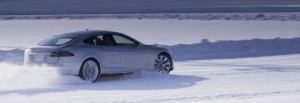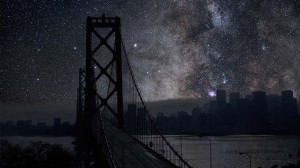The use of drone aircraft in the US is the target of new legislation in the House of Representatives, which basically seeks to prohibit citizens from flying any remotely operated aircraft that has a camera (sorry kids, no more strapping cameras to model rockets!). Or rather, they seek to make it a misdemeanor to use a UAV to photograph a person or their property without their explicit permission. This is a bit redundant, as there are already privacy laws that prohibit photography when a person has a reasonable expectation to privacy. Ignoring that for a minute, on the surface this may sound like a good law, but consider this. Government would still have the ability to use UAVs, police helicopters, and surveillance satellites to photograph you without a warrant, whenever they want. This just takes that ability away from citizens. When you look at what citizen photography has already done in exposing police brutality and corporate wrongs, I believe that citizen UAVs operating under existing privacy laws are not necessarily bad, perhaps even a very good thing in maintaining trust in government and business. It’s an interesting debate, I can see both sides of the issue…I think rather than an outright ban, we’d be better off with something less than that. Maybe restrict them from photographing residential property, but the rest is fair game? What do you think?
(via FastCompany)





